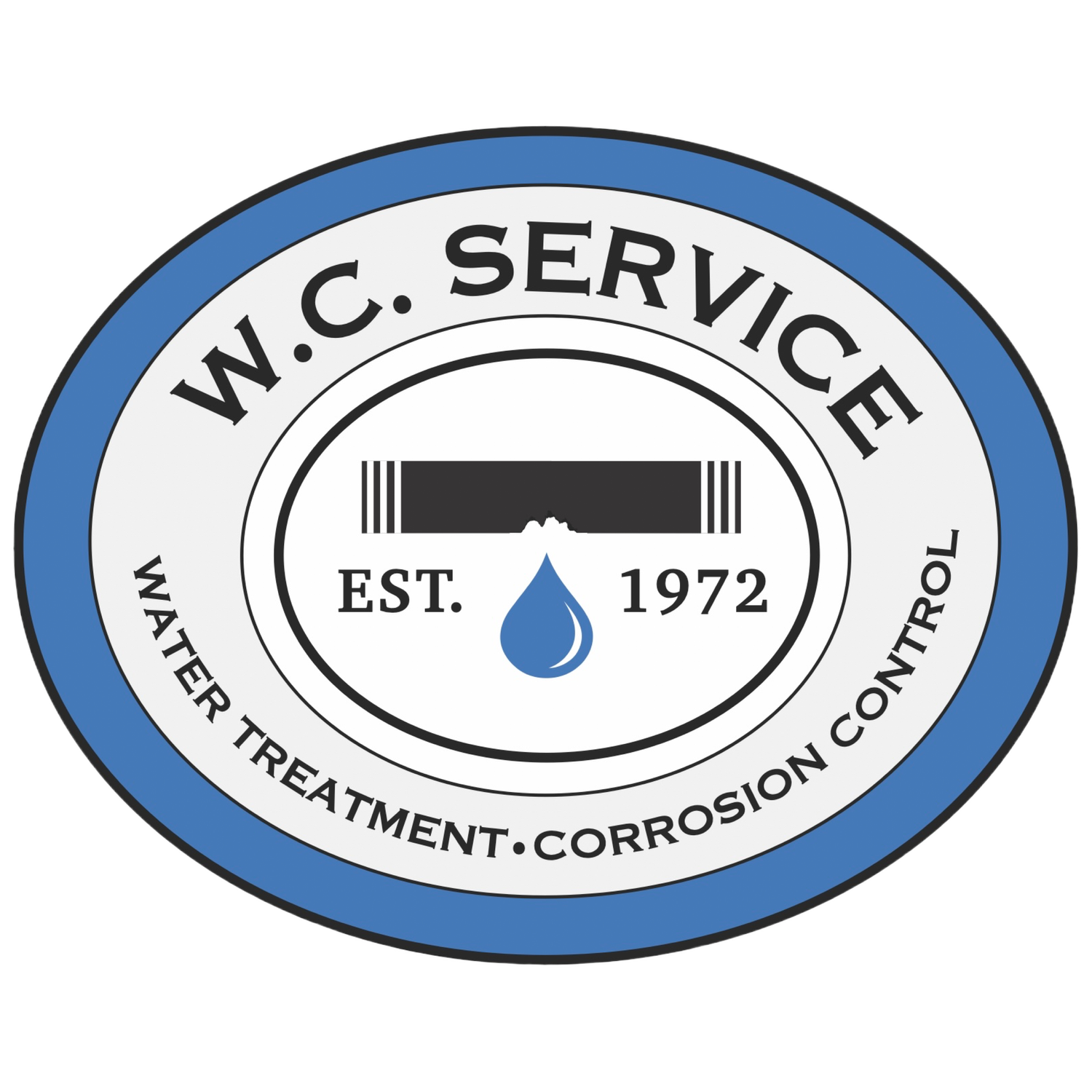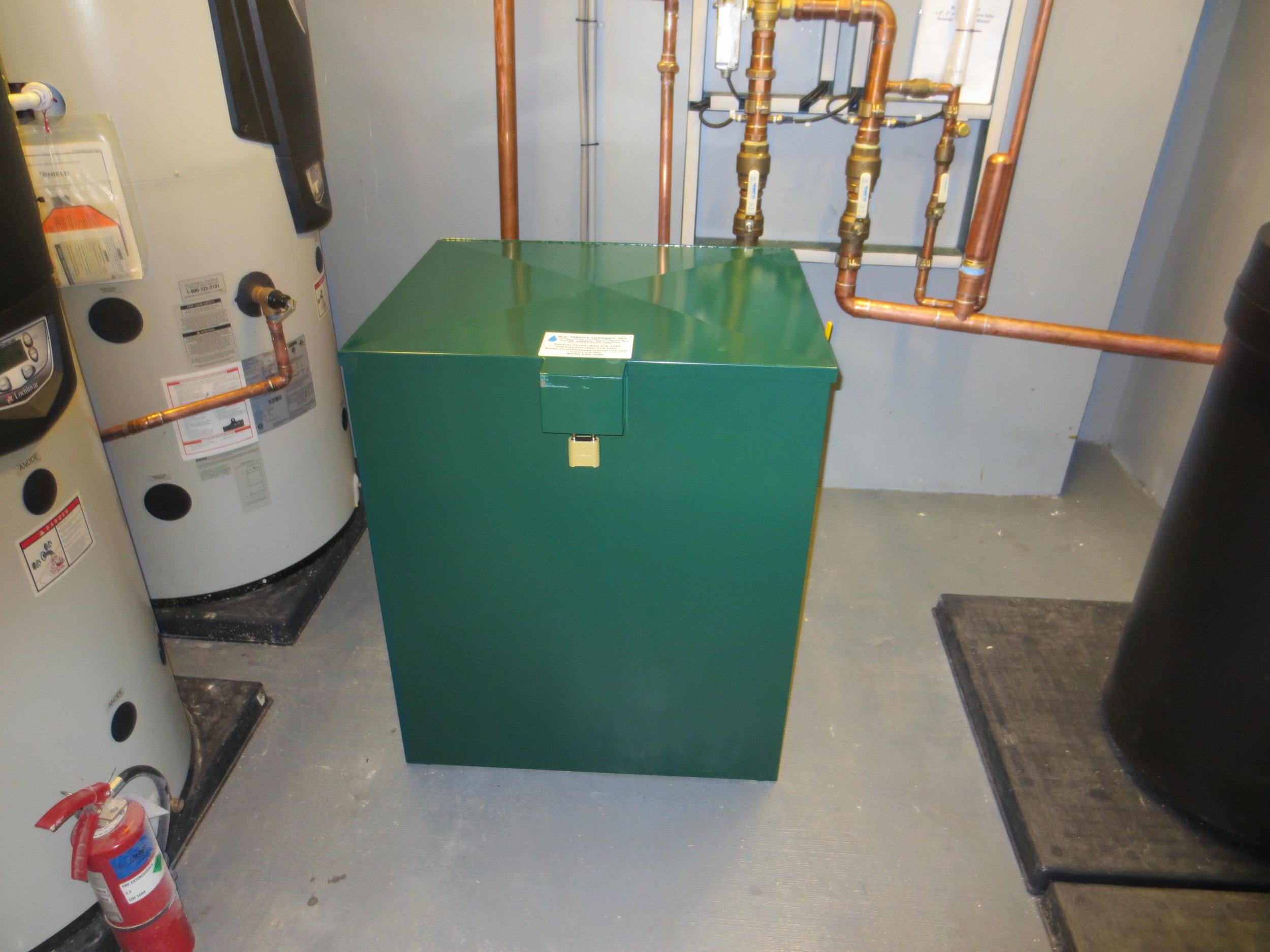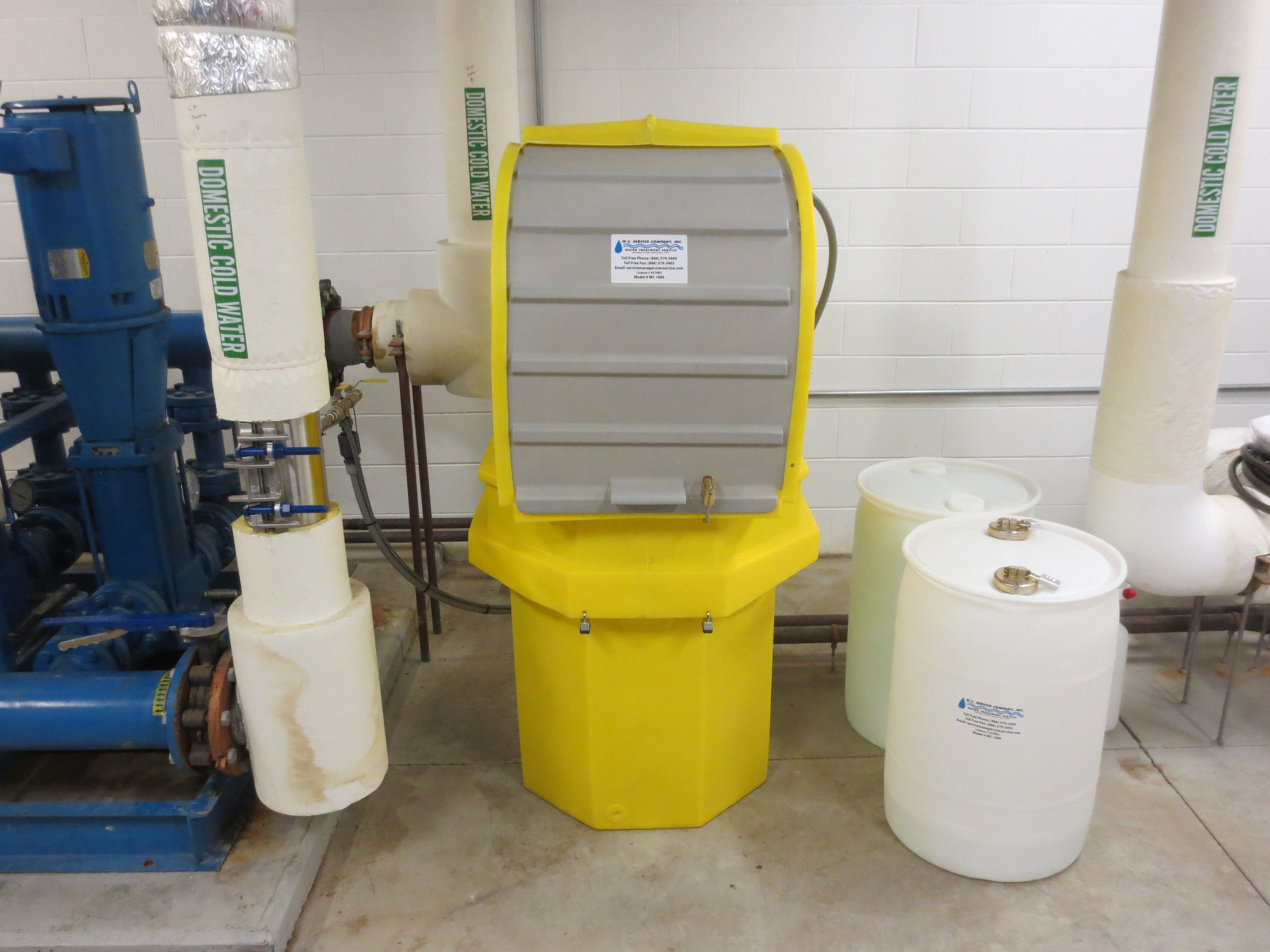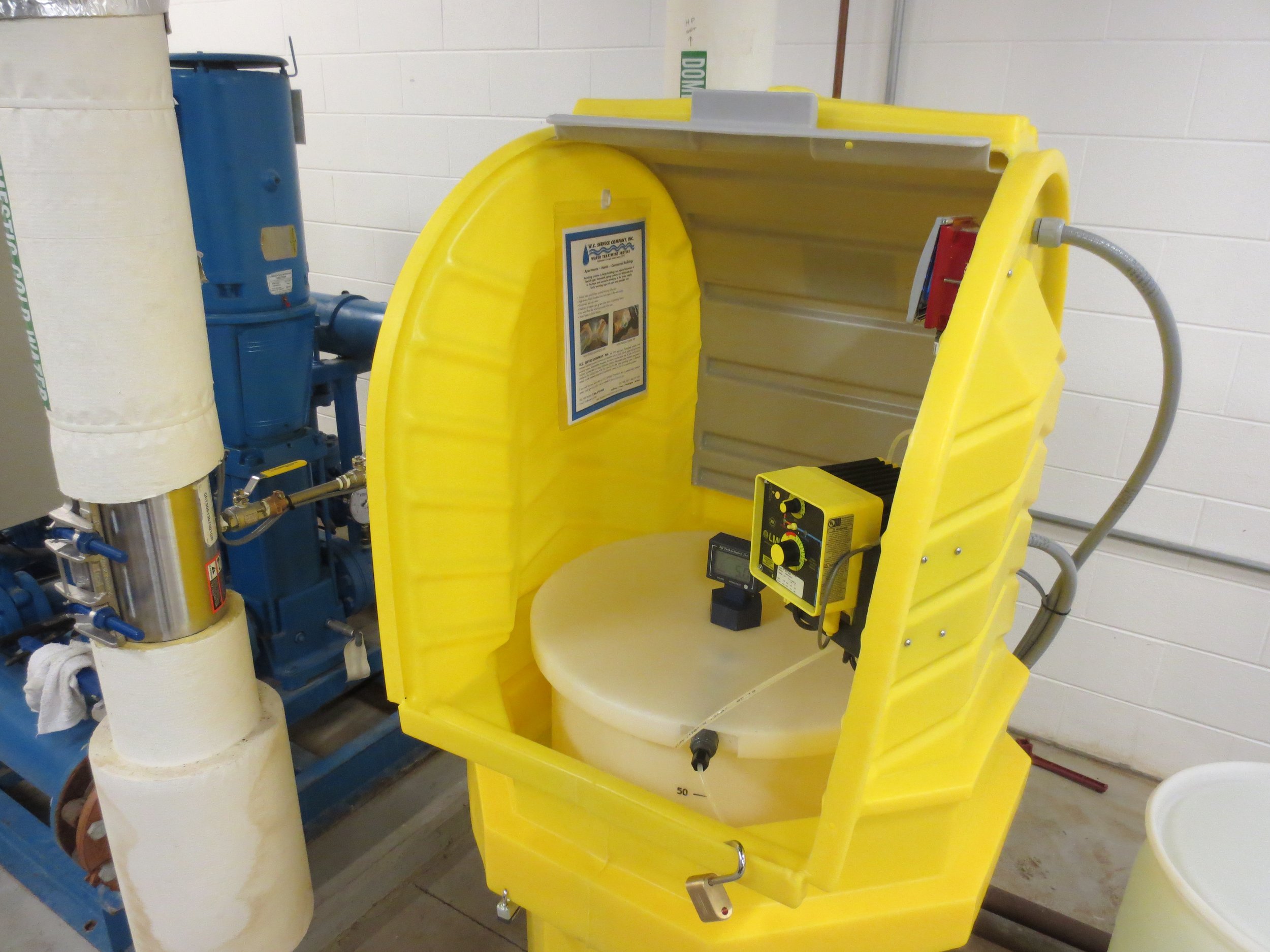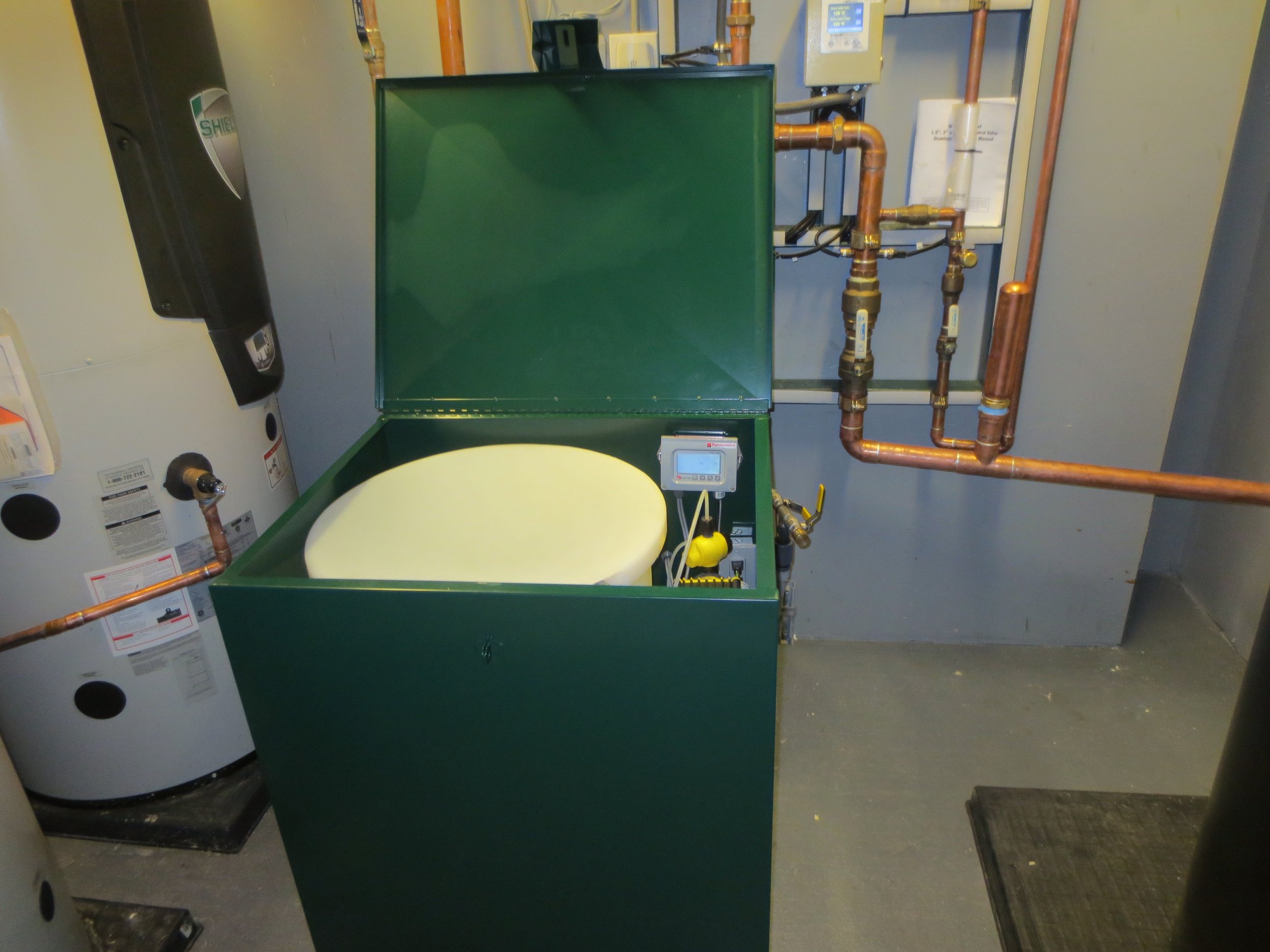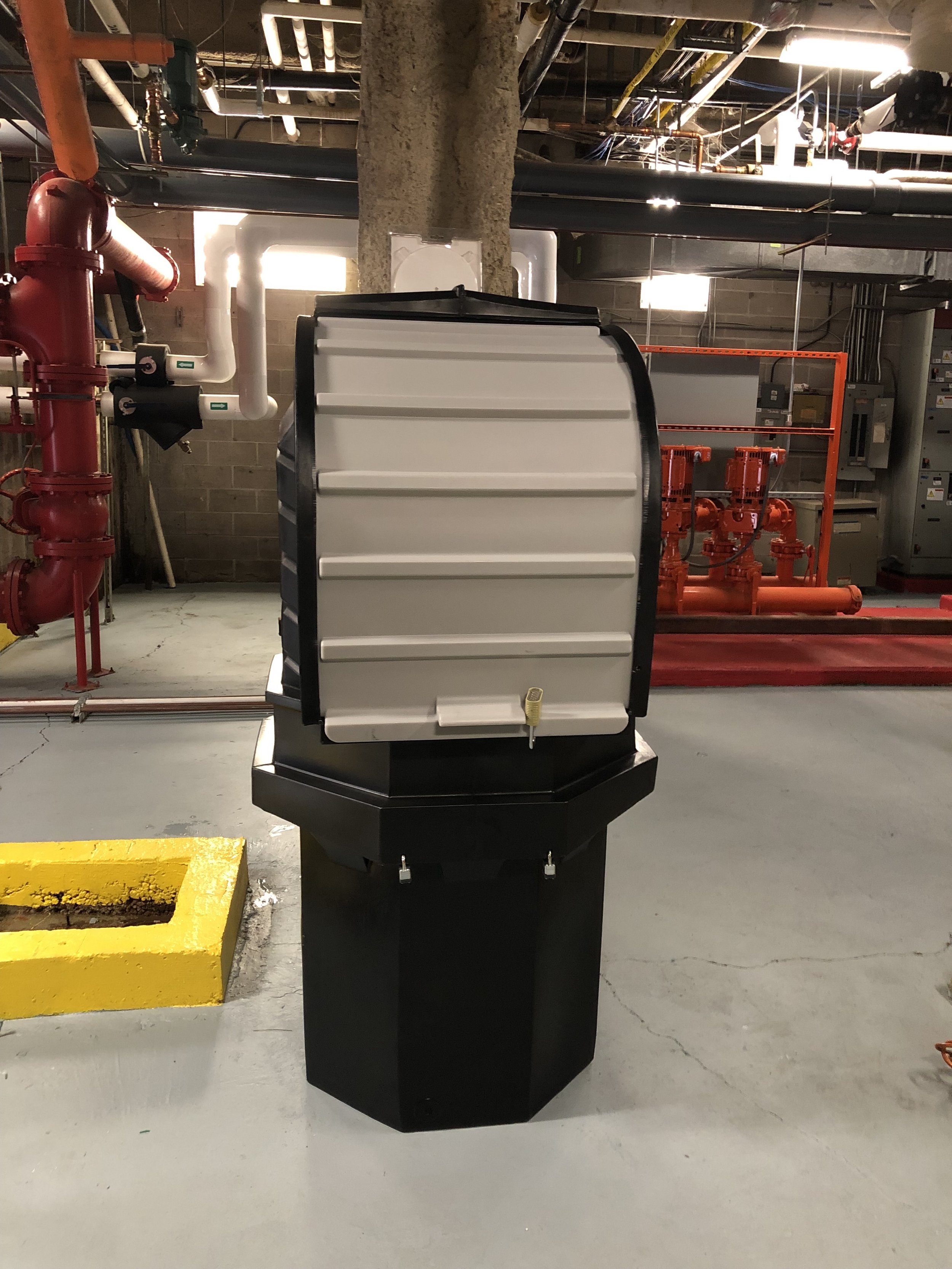The water treatment equipment is housed in locking enclosures and can only be accessed by our company's technicians. The enclosures can be built for both indoor and outdoor locations and are customized to fit the needs of your building’s plumbing system.
Custom Equipment Enclosures
Decreases pinhole leaks
How Our Solution Works
Food-grade phosphate compound
Extends the life of the plumbing system
NSF approved for Potable Water
Minimizes the need for plumbing repairs
Pipe Coating is Established by Water Treatment
Decreases pinhole leaks
How Our Solution Works
Food-grade phosphate compound
Extends the life of the plumbing system
NSF approved for Potable Water
Minimizes the need for plumbing repairs
Pipe Coating is Established by Water Treatment
Phosphate water treatment inhibitors have been used for over 75 years to help control corrosion and pinhole leaks in plumbing systems. When added to a building’s water supply, phosphates will lay down a protective micro-thin coating on the interior of the pipe wall.
If a specific residual of phosphate is continuously maintained in the water supply, the coating remains firmly attached to the pipe wall. This protective coating helps to control corrosion and pinhole leaks throughout the entire plumbing network.
Before treatment:
After Treatment:
Our Proven Solution
Corrosion & Pinhole Leaks in Plumbing Systems
Corrosion and pinhole leaks will cause extensive, costly damage. Costs can come in the form of toxic mold growth, intensive demolition to locate leak sources, and tenant and customer lodging expenses.
Phosphate Technology
-
Phosphates are Food and Drug Administration (FDA) approved and safely used everyday as an additive in many of your favorite foods and drinks. Phosphate is a derivative of phosphorus, a mineral required in the food supply for all plants, animals and humans. Phosphorus is necessary for building strong bones and teeth. It is also needed for healthy nerves and for efficient mental activity. Phosphorus is an essential nutrient. The recommended daily allowance (RDA) for adults is 800 mg. The RDA for children or women during pregnancy or lactation is 1,000 - 1,400 mg.
-
Phosphate technology works by adding a phosphate blend to a potable water supply and maintaining it, which lays down a protective micro-thin coating on the interior of the pipe wall. When the specific residual of phosphate is continuously maintained in the water supply, the coating remains firmly attached to the pipe wall. This protective coating helps to control corrosion and pinhole leaks throughout the entire plumbing network.
-
Among many other benefits, the use of phosphate has proven to be an effective method for controlling corrosion, discolored water and calcium scale buildup in every type of plumbing system including galvanized, copper, iron, cement, asbestos and plastic. Unhealthy levels of lead and copper in water can also be reduced in order to comply with the Lead and Copper Rule. The costs of a water treatment program are easily offset by the savings. A water treatment program allows a plumbing system to last longer and operate more efficiently.
-
Research indicates that people usually consume 1,000 -1,500 mg. of phosphate per day in their diet. W.C. Service Company, Inc. usually adds a very minute level of 1-2 mg/I of phosphate to the potable water supply, increasing the average daily intake by a minute 0.1-0.2%
Health & Safety
-
The FDA, National Sanitation Foundation (NSF), and the Center for Science in the Public Interest list phosphates as completely safe.
-
Phosphorus is naturally found in whole grains, seeds, nuts, legumes, dairy products, egg yolks, fish, dried fruits and corn. The food industry commonly adds phosphates to soft drinks, pasteurized cheeses and prepared cereals. Phosphates are also added to ham, bacon, turkey products, cakes, muffins and donuts. Phosphates make up about 25% of the total ingredients in toothpaste.
-
Yes, approximately 50% of water utilities nationwide safely use phosphates to control internal pipe corrosion. Many water utilities have been safely using phosphates since the passage of the Environmental Protection Agency's (EPA) Lead and Copper Rule (1992) to reduce lead and copper levels in tap water.
